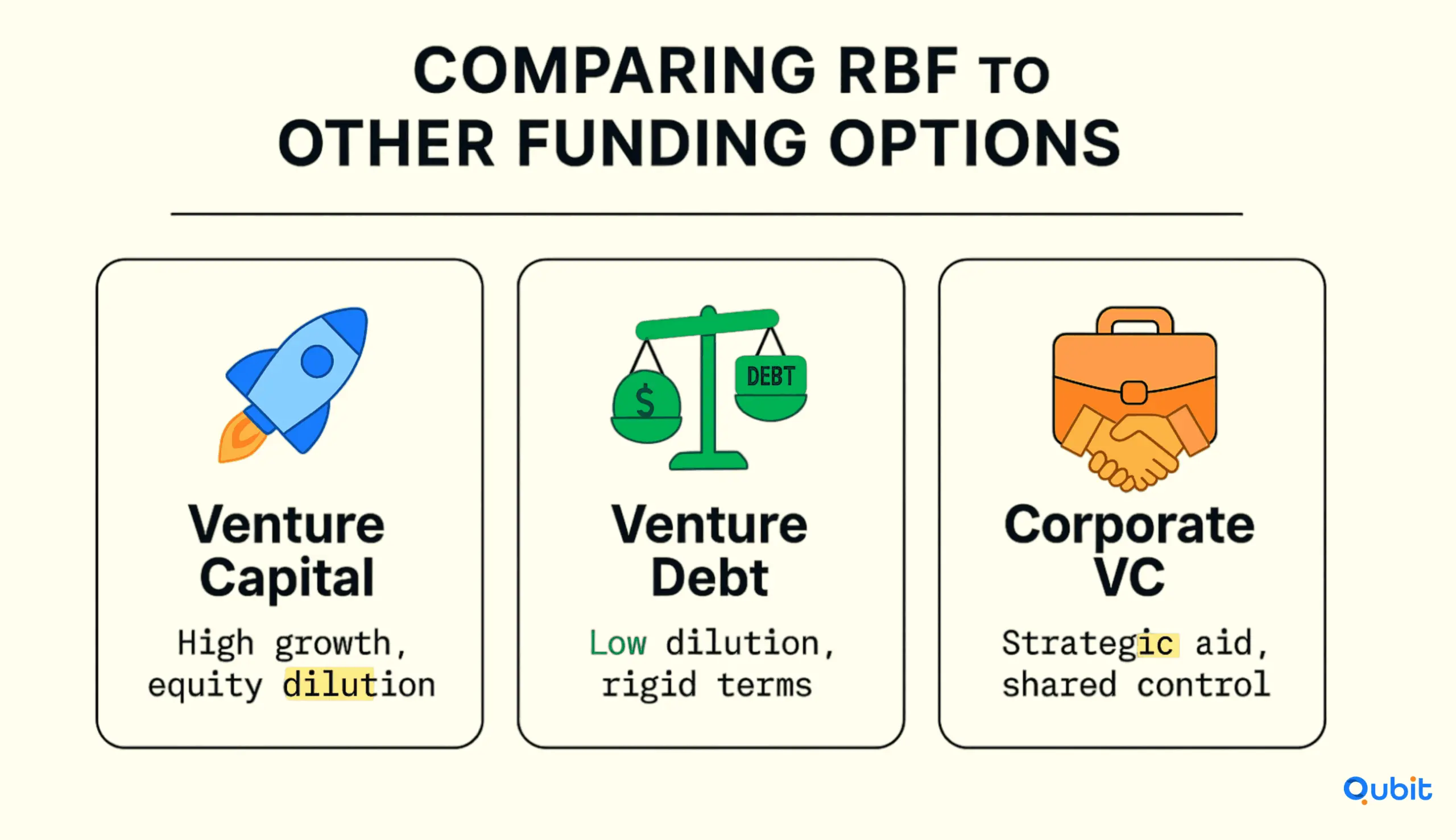Funding is crucial to growing your travel startup, but deciding on the right financing approach can be challenging. Among the many options available, revenue-based financing (RBF) is emerging as a popular choice. But what exactly is it, and how can it benefit travel startups specifically?
In this guide, we’ll dive into revenue-based financing, explore its suitability for travel startups, and provide clear, actionable insights to help you determine if it’s the right path for your business.
What is Revenue-Based Financing?
Revenue-based financing is a type of funding where repayments are directly tied to your startup’s monthly revenue. Rather than fixed monthly payments, your repayment fluctuates with your earnings, typically set at a percentage of monthly sales. This means you pay more when you earn more and less during slower periods, a crucial advantage for businesses in highly seasonal industries like travel.
Why Travel Startups Are Choosing Revenue-Based Financing
Travel businesses face distinctive financial challenges, including seasonality, market volatility, and fluctuating consumer demands. RBF naturally aligns with these challenges:
Flexibility with Revenue Cycles: Payments adjust according to monthly revenue, making RBF ideal for seasonal or cyclical businesses.
No Equity Dilution: Unlike equity financing, you maintain complete control and ownership of your startup.
Speed and Simplicity: Approval and funding often occur much faster compared to traditional venture capital or bank loans.
How to Determine if You Should Choose RBF Strategy?
To determine whether RBF aligns with your business needs, consider these critical factors:
1. Revenue Predictability and Seasonality
Travel startups typically experience peaks and valleys in revenue streams due to seasonal fluctuations. RBF’s flexibility provides stability during these periods, as you repay more during high-revenue months and less when revenue drops. If your startup faces highly variable cash flow, RBF could be a game-changer.
Action Tip: Evaluate your monthly sales patterns. If your revenue fluctuates significantly, RBF may offer the stability you need.
2. Early to Mid-Stage Growth Trajectory
Travel startups at early or growth stages often struggle to attract traditional venture capital due to perceived risk or limited traction. RBF providers prioritize consistent revenue generation over other metrics like aggressive growth rates or significant market share. Thus, if you have a steady revenue stream but modest early growth, RBF becomes appealing.
Action Tip: Understand how investors view early-stage funding by reviewing our guide on Travel Startup Fundraising Strategies.
3. Desire to Retain Control
Travel founders often prefer maintaining ownership and operational freedom. Revenue-based financing doesn’t require giving up equity or control over business decisions, unlike traditional venture funding.
Action Tip: Assess your comfort with equity dilution. If maintaining ownership control is crucial, RBF is a strong match.
Comparing RBF to Other Funding Options

Venture Capital: Ideal for aggressive growth but often involves substantial equity dilution. VCs usually seek rapid growth, which might pressure your startup prematurely. For strategic growth with less dilution, review our insights on Scaling Travel Startups with Effective Funding Strategies.
Venture Debt: Offers funding without major equity loss but usually requires established growth metrics and comes with fixed repayment terms. Learn more about the specifics in our guide to Venture Debt for Travel Startups.
Corporate Venture Capital: Provides funding and strategic support from industry leaders but often involves more control-sharing. Understand more through our resource on Corporate Venture for Travel Startups.
Practical Steps to Secure Revenue-Based Financing
If RBF sounds like the right fit, here’s how you can approach securing it effectively:
Step 1: Assess Your Financial Readiness
RBF providers prioritize revenue consistency. Prepare clear documentation showing your monthly revenue history, growth patterns, and seasonal variations. Reliable financial records significantly streamline the funding process.
Step 2: Develop Clear Financial Forecasts
Create realistic financial projections to showcase repayment capability. Highlight seasonal revenue peaks and troughs, demonstrating your preparedness for flexible repayments.
Step 3: Research and Select the Right Provider
Not all RBF providers specialize in the travel industry. Prioritize lenders familiar with the sector’s unique challenges and dynamics, ensuring they understand your business model and can offer appropriate flexibility.
Step 4: Negotiate Favorable Terms
Clearly understand and negotiate repayment terms, percentages, fees, and total repayment caps. Aim to align repayment structures directly with your expected cash flow cycles.
Real-World Examples: Successful Travel Startups and RBF
Travel startups increasingly leverage RBF successfully:
WanderJaunt, an accommodation startup, leveraged RBF to flexibly fund their operational growth without diluting equity, enhancing their ability to handle seasonal demands.
Blueground, providing short-term rental solutions, used RBF to expand to new markets rapidly, benefitting significantly from repayment flexibility tied directly to revenue performance.
Essential Metrics RBF Providers Look For
Understanding the key metrics crucial to RBF providers can significantly enhance your fundraising success:
Consistent Revenue Streams: Typically, providers seek a minimum of 6-12 months of stable or growing revenue.
Customer Retention Rates: A higher retention rate signals sustainable recurring revenue, enhancing your attractiveness for funding.
Customer Acquisition Costs (CAC) and Lifetime Value (LTV): Healthy CAC-to-LTV ratios indicate sustainable and profitable growth, critical for RBF decisions.
If you're aiming for future Series B funding rounds or higher venture financing later, it's beneficial to align these metrics proactively. Review our comprehensive breakdown of Series B Metrics for Travel Startups to prepare strategically.
Mitigating Risks Associated with RBF
Despite its flexibility, RBF comes with certain risks travel startups must manage effectively:
Potential Cash Flow Stress: If repayment percentages are high, they can strain your operational cash flow during slower seasons.
Revenue Misalignment: Misjudging your revenue cycles could lead to unexpectedly difficult repayments.
To mitigate these risks:
Clearly negotiate flexible repayment percentages based on your financial forecasts.
Maintain financial reserves specifically allocated for managing slower revenue periods.
Key Takeaways
Revenue-based financing is highly suitable for startups facing seasonal revenue patterns or volatility.
It offers a flexible repayment structure directly tied to your revenues, avoiding equity dilution.
Financial discipline and realistic revenue forecasting significantly enhance your success with RBF.
Frequently asked Questions
Can my travel startup qualify for RBF with fluctuating monthly revenue?
Yes, RBF specifically suits fluctuating revenues, adjusting repayments dynamically to your earnings.


 Back
Back



